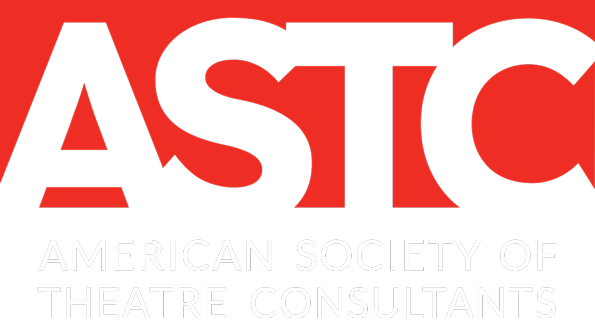Performing Arts Design Process and Estimating Trends
It is generally accepted by design professionals that project cost awareness must be practiced throughout the design process. Because the initial project cost estimate will be used to guide the development of the project, the importance of a reliable estimate at this stage cannot be overemphasized. It is the initial base against which all following estimates are measured. Traditionally, this is accomplished during the project feasibility and programming phase where a theatre consultant assists with the preparation of detailed design guidelines while a specialized performing arts cost consultant prepares the initial cost estimate for the project. User input during this early design process is essential to its success. The specialized performing arts cost consultant is then able to give the owner and architect the best information available on which to base preliminary project expectations by identifying high cost design features. This information will lead to early design decisions that use resources correctly and efficiently, and help to build trust between the owner and the design team.
A recent trend in the design process is the transition of what has previously been known as “fast tracking” into what has become the “new normal” of the design schedule. This typically results from removing the coordination and review time from the design schedule. In addition, we have seen, with disturbing regularity, a trend to combine the project feasibility and programming phase with the schematic design phase or remove it from the process completely. In these instances, the initial project cost estimates are sometimes based on uninformed cost per square foot allocations that can lead to unrealistic expectations as the project proceeds further into design.
Cost estimates are not static. In a sense, they are never completed. They must be reviewed and updated continually throughout the design process. The goal is not only to avoid project cost overruns but also to avoid cost underruns. Cost overruns lead to complications in the delivery of the project, while cost underruns leave funds unused that could have been used to deliver a quality project.
The architect and theatre consultant, with assistance from the cost consultant, are often responsible for educating the owner about the inextricable link between the design process and realistic costs expectations. We have found that specific instructional words can be useful to help the owner understand the impact that cost reduction suggestions have on the overall design.
We suggest using the word “remove” to associate with items that when removed will affect the overall performance of the venue and are unlikely to be replaced. Replacement of these items will require taking the building “off line” to accomplish. Some examples of these are the reduction of building height over the stage, the gridiron, under stage access to the orchestra pit, access catwalks, stage rigging line sets, and stage lighting dimmer racks.
We suggest using the word “replace” for items that change the quality level of the item without affecting the overall performance of the venue. The costs of replacing these items will far exceed the credit received. Examples of this are choosing less expensive audience seating, replacing the motorized stage rigging with a manual counterweighted stage rigging system, or replacing a motorized orchestra pit elevator with portable orchestra pit platforms.
We suggest using the words “defer purchase” for items that can be taken out of the project without affecting the overall operation, but will, at some point in the future, be required to meet a specific programming requirement. Examples of these are phasing the interior build out of a studio theatre space or future rehearsal rooms, or deferring the purchase of stage lighting fixtures and special effect accessories.
Developing an initial design that has an accurate cost estimate offers opportunities for significant cost reductions through creative design choices without necessarily jeopardizing the expectations of the owner. Cost estimate accuracy and clear communication supports design efficiency while preventing significant changes to the functionality of the venue during the cost reduction exercises that are now inevitable during the “new normal” design schedule.
By Stephen Placido, ASTC


